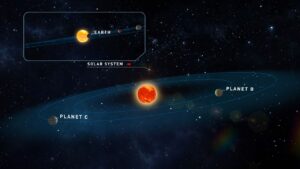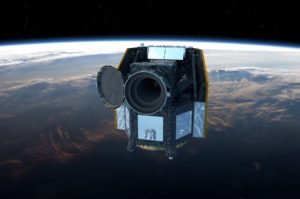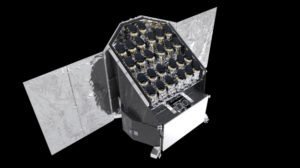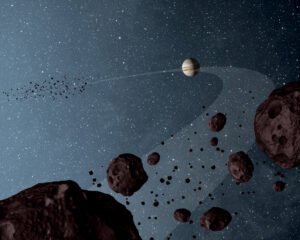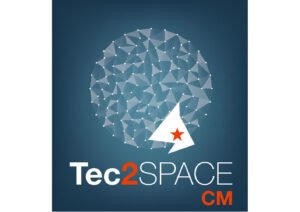«María de Maeztu Unit» Scientific Director
Full Research Professor at the Spanish “Center for Astrobiology. Principal Investigator and National Project Manager at INTA for the Spanish collaboration within MIRI, the Mid-Infrared Instrument on board of the next space telescope, JWST. Previously, he has been director of the Spanish-German Center, and he has been a postdoc in the theoretical department of the “Universidad Autónoma de Madrid”, the “Max-Plank Institut für Astronomie” in Heidelberg (MPIA, Germany) and the “Harvard-Smithsonian Center for Astrophysics” in Cambridge (USA), where he finished his PhD dissertation, initiated at the “Universidad Complutense de Madrid”. He has hold some of the most prestigious fellowships, such as: Fulbright scientist, a NASA/NSF fellowship, and a contract by the “Ramón y Cajal” program. His research topics focus on the search and characterization of the properties of substellar objects and properties of stars in open clusters, and in stellar and planetary system formation, using different observational techniques: from optical to far infrared, imaging and spectroscopy, ground-based and space-borne telescopes. All this observational effort has produced around 250 refereed articles, with a significant impact (H factor=64). . He has published several books about science and history of science for the general public. .
In 2022, David Barrado has been awarded the International Astronomical Union Prize for the best popular science thesis 2021.
ORCID: 0000-0002-5971-9242
WoS Research ID: C-1439-2017
Web: https://cab.inta-csic.es/users/barrado/
Dialnet (texts in Spanish): https://dialnet.unirioja.es/servlet/autor?codigo=3169509
| Key words | Stars, stellar association and open clusters, stellar ages, brown dwarfs, exoplanets |






